The Moroccan Adventure
by Bernard L. Warren
Reprinted from "Crown Jewels of the Wire", June 2002, page 29
March 6, 2001 found me boarding a United Airlines plane for Paris, France on
another insulator research trip. My expectations for this trip were very high as
it would include a twelve day side trip from Paris down to Casablanca, Morocco.
I had first visited Morocco on a shorter side trip from Paris in April, 2000.
The insulators I found and the contacts I made on that first visit convinced me
that a return visit was a must.
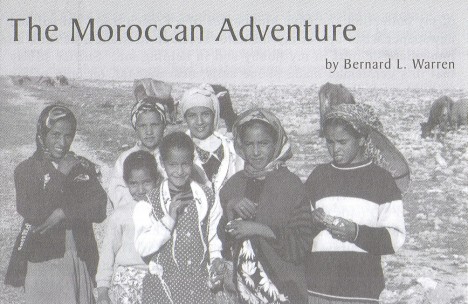
Some good insulator finds were made during my
first week in France but the weather was miserable with constant rain, major
flooding and cold temperatures. By contrast, brilliant blue skies and warm
temperatures greeted me in Morocco and they stayed with me throughout my visit.
(Above are colorfully garbed Moroccan girls happily posing for a picture.)
Morocco is on the northwest corner of Africa and was a French Protectorate from
1912 to 1956, when France granted it full independence. Due to this long period
of French influence, I felt certain that some nice insulators could be found
there.
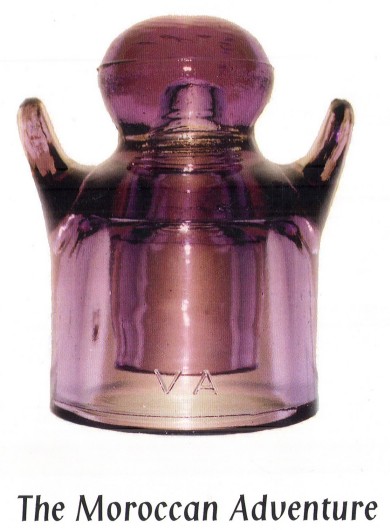
Cover Photo
A drive north to Rabat, the capitol, to visit with a friend was my number
one priority. I had been in Rabat in April, 2000 doing research on the
telecommunications industry, glass manufacturing and insulators when I had the
great pleasure and good fortune to be introduced to this gentleman, a very high
official in the government's telecommunication agency. He was curious as to the
reason for my research and when I explained my insulator hobby, shared pictures of my collection and gave him copies of a French trade journal and newspaper
write-ups of my insulator research in France, he took an immediate interest in
my hobby and in helping me. Suffice to say that this gentleman made phone calls,
near and far, on both of my visits that opened doors to storage facilities,
salvage yards, telecom depots and other places that I didn't even know existed.
His help was invaluable to me.
My first trip after this visit was to
Ain-el-Aouda, south of Rabat, and the storage facility I had visited a year
earlier. Two miles north of town, I picked up the remnants of an old telephone
line I had noticed on my previous visit. Most of the crossarms were bare, but
shattered CD 640s and CD 642s were on some.
Suddenly, I saw shattered straw
glass, probably CD 640 "boys", I thought, as the straw boys are native
to Morocco. The straw remnants appeared really large though, forcing me to pull
off the road and get out my binoculars. CD 642 men in brilliant straw???
IMPOSSIBLE!! . But it wasn't, they actually were broken straw MEN.
Twenty
minutes of following the old line both ways resulted in my finding two straw
units that appeared mint. (Fig. 1) Driving on into town, I found the facility
manager waiting for me. After taking him back down the road and showing him my
find, he determined that a ladder truck and crew from another depot would be
needed to get them down for me and I should come back for them in three days.
Arriving back at his facility, the two of us and a couple of his workers went
through the junk and grass out behind the buildings, digging up a few CD 545s
and CD 640s. (Fig. 2) We had found a CD 640 boy in straw when I saw another one
in the grass. As I picked it up, I realized it was not a CD 640 but a CD 545 in
straw and virtually flawless. This was a new color for the CD 545 and the only
straw unit ever seen. (Fig. 3) I did return three days later and the two
beautiful straw CD 642s were waiting for me.
My next visit was to the lovely
coastal city of EI Jadida, south of Casablanca, a visit also arranged by my
friend in Rabat. After meeting the depot manager and touring his facility, we
drove to a storage facility south of town. I had searched the trash bins and
most of the ground behind the office when I noticed a weathered, broken down box
with large chunks of broken glass around it. The box turned out to be an
original packing box for large CD 543s, the Moroccan replacement insulator for
the CD 642 men. The CD 543s are thought to have been made and used only in
Morocco (Fig. 4).
Digging into the box beneath broken glass, I uncovered a few mint CD 543s in a nice, medium green. I had failed to acquire, or even seen,
a single CD 543 in use on my first visit to Morocco, so these units were a very
welcome addition. Also welcome was the fact that they were packed in straw and
factory new, albeit forty-five or so years ago. There would be no soaking in acid
and tedious chipping to get the metal pins and cement out of these units, a
procedure required on virtually all French and Moroccan insulators.
Driving back
to downtown EI Jadida, the manager surprised me by asking which of the building
brackets with old insulators and no wires appealed to me the most. I had visited
EI Jadida in April, 2000 and spotted several nice CD 640s, with no wires. I had
mentioned this to my friend in Rabat a day earlier and apparently he had asked
the local manager if he could have a crew take down a few of the insulators for
me.
This question was a "no-brainer" as I had previously spotted a
four crossarm bracket that had originally contained sixteen CD 640 boys in
bright straw. Only ten CD 640s remained on the bracket and some of them were
visibly shattered, but I thought I might get four or so mint units out of the
group. My new friend asked me to meet him at the bracket at four p.m. and he
would have a crew take it down for me.

Telecom crew taking down bracket of
CD 640 straw gingerbread
"boys".
The crew and I both arrived early and I
was able to get some good pictures of them taking the bracket down. After the
flights home, acid soaking and pin removal, only four of the straw boys remained
in mint condition but one was a real knockout. It had golden amber wisps and threads wound throughout the entire insulator and
displays beautifully in a backlit display case (Fig. 5).
My next adventure took
me to the city of Beni-Mellal at the base of the snow capped High Atlas
Mountains, with peaks rising above 13,000 feet. The only insulator of interest
found here was another knockout CD 640 boy (Fig. 6). It is a rich amber with
ribbons and waves of black curtains dripping all across the front of the
insulator, like dancing Northern Lights in the Alaskan sky.
A stop at a salvage
yard in a small town between Beni-Mellal and the resort city of Marrakech
produced another unique find, a large CD 543 in clear glass, the only such
specimen ever seen. Unfortunately, the insulator was fractured all the way up
one side and completely around the shoulder and I seriously questioned if I
would ever be able to remove the cement and large pin without the unit crumbling
into a dozen pieces. With extreme patience and great care, I was finally able to
accomplish this.
Marrakech produced another nice CD 543 for my collection, a
deep yellow green unit that contrasts nicely with the clear unit and the green
one from EI-Jadida. These proved to be the only three colors of the CD 543 that
were located on my travels throughout Morocco. (Fig. 4) A visit to another
salvage yard turned up two more CD 642 Moroccan men in a deep olive, amber,
similar to the color of some French V.A. embossed units. (Fig. 1)
Other
insulators located on this visit to Morocco included a few nice green, olive and
various amber shades of both the CD 640 boys (Fig. 2, 7) and their mid-1950's
replacement, the CD 545. (Fig. 3) With two minor exceptions, all of these
insulators plus all insulators mentioned previously in this article were totally
unembossed. The two exceptions were the CD 640 boys in straw, which have the
number "8" embossed on the dome, and four regular French CD 640s with
Isorex and Folembray embossings.
It is this writer's firm belief that all of the
unembossed insulators recovered on my two visits to Morocco, including the CD
640 boys in straw, were manufactured by a local glass company somewhere in
Morocco. Moroccan glass insulators have some characteristics that do not exist
in most French insulators. These include bubbles, surface checking and annealing
lines and a degree of crudeness. The most distinctive characteristic of
Moroccan glass insulators is the excessive factory grinding of all mold lines,
dome edges and bases. (Fig. 8) Research on the name and location of the glass
company that made the Moroccan insulators is continuing and a future report on
this is anticipated.
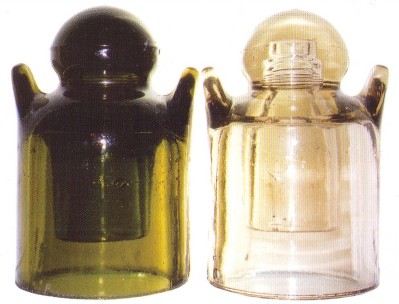
Fig. 1 Pictured next to a flawless yellow olive green CD 642 "man"
is one of two straw "men" an old telephone line north of Ain-el-Aouda
yielded in mint condition.
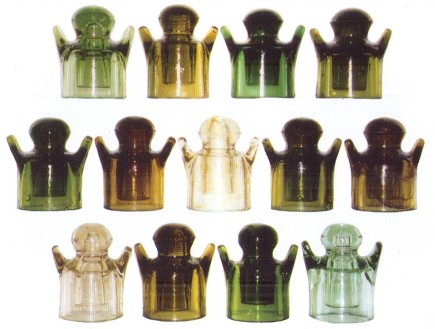
Fig. 2 Thirteen different shades/colors of CD 640 "boys"
manufactured and found in Morocco.
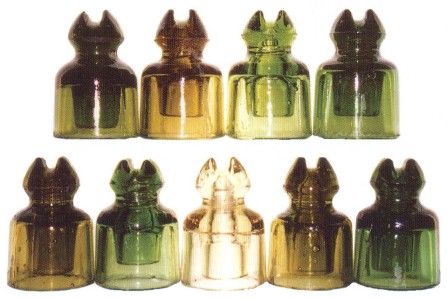
Fig. 3 Nine different shades of CD 545s which features the first straw
colored unit (middle, second row) which was located lying in the grass outside
of a storage facility in Ain-el-Aouda.
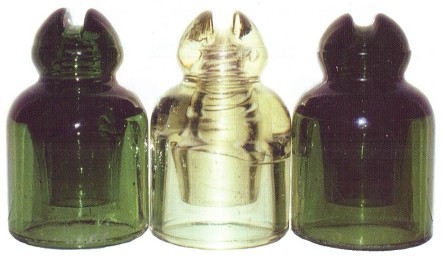
Fig. 4 CD 543 in a deep yellow green (right) located in Marrakech contrasts
nicely with the green and clear pieces from El Jadida.
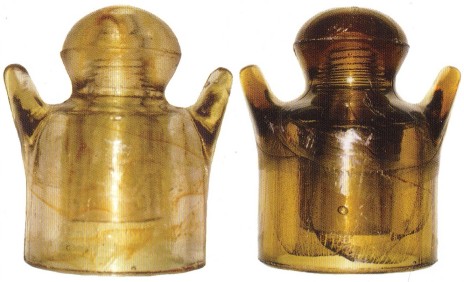
Fig.5 (above left) A straw EI Jadida "boy" with golden amber wisp and
threads wound throughout the entire insulator.
Fig. 6 (above right) Black
curtains dripping across the front of this rich amber "boy" found in
Beni-Mellal.
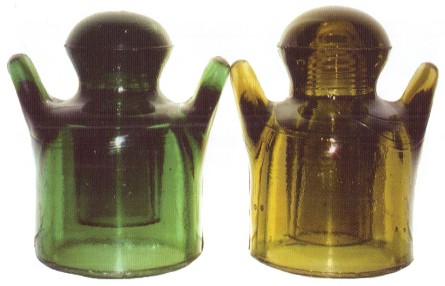
Fig. 7 Beautiful green and olive Moroccan "boys".
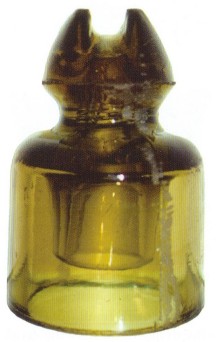
Fig. 8 The CD 545 style replaced the CD 640 "boys" in the
mid-1950s. All of
"those found in Morocco were unembossed. The skirt of this amber CD 545
shows the most distinctive characteristic of Moroccan glass insulators is the
excessive factory grinding of all mold lines, dome edges, seams and bases.
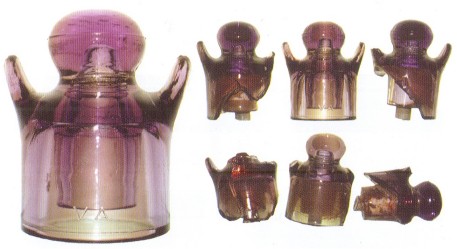
Fig. 9 A lone pole in rural France yielded six CD 640 "boys" in
brilliant sun-colored amethyst. However, only ONE of six had managed to escape
as a target of French rock-hurling youngsters when the toll line was abandoned
in the 1970s! This "piece de resistance" can proudly take its place
among almost seventy different CD 640s in Bernie's collection.

The true Moroccan boys, not insulator "boys".
All too soon, my twelve days of exploring in Morocco were up and I was
boarding an Air France plane for the flight back to Paris. My sorrow at leaving
Morocco was somewhat offset by the fact that I would have another week to explore in France before flying home with
all of my new found treasures.
The weather in France had improved some since my
first week there, another plus as I continued to find good insulators and visit
long time friends and insulator contacts.
The "piece de resistance" of
my entire trip, actually, the most significant find of my thirty plus years of
searching for insulators around the world, was found on a Sunday afternoon while
driving down a country road. I had searched for this particular insulator
continuously during eleven previous visits to France, but without success. This
insulator had been rumored to exist for decades but a specimen had never been
found to substantiate the rumor. I was fortunate because I knew a collector who
had actually seen this insulator many years ago, so I never doubted that it had
existed.
Steve Watkins, long time friend and host of the 1990 Portland National,
had shared details with me of a trip he made to France in 1969. While driving
along an open wire toll line, he noticed a section that contained literally
scores of CD 640 boys in S.C.A. (sun-colored amethyst). All were still in use and
Steve had no opportunity to acquire any, but he never forgot the sight. Steve's
words of encouragement kept me looking for this "lost jewel"
throughout my visits.
A lone pole left standing at a minor crossroad with
glass on the top caught my eye and I stopped to check it out. Binoculars
revealed shattered remnants of CD 640 boys at the top of the pole, all in
brilliant S.C.A. Unbelievably, one "boy" appeared to be in good
condition. My map showed the nearest town of any size to be about twelve miles
away, so I headed there.
Arriving in town, I quickly located the telecom depot.
"Bernie's Luck", the compound gate was unlocked and a paint crew was
inside painting. A painter located the depot manager for me and I convinced him
to ride back down the road with me. He took only a couple of minutes at the pole
to size up the situation, then indicated we should go back to town. The manager
quickly called two of his linemen and they were at the depot in, ten minutes, on
a Sunday afternoon! I suspect he had offered to share the sizeable reward I had
offered him if he could retrieve the S.C.A. boy for me.
Reaching the crossroads
again, the younger lineman put on a pair of wild looking climbers and climbed to
the top of the pole. The only words of encouragement I could shout up to him
were "no casse, no casse!" He laughed at my feeble attempt at French,
but understood I didn't want him to break the one good insulator. This pole originally had two crossarms with four S.C.A. boys on each crossarm. Two
metal pins had only small fragments of S.C.A. glass left on them, but five
others had enough glass left to be positively identifiable as S.C.A. CD 640
boys! These five specimens made the trip back to Alaska with me, along with the
VNM jewel which now resides in the middle of my lighted display case of CD 640
boys. (Fig. 9) All of these CD 640 boys had the embossing "V A" on
them or had previously been embossed "V A" prior to being shattered.
The "V A" stands for Verreries De Albi, a glass manufacturer in the
southern French city of Albi. Surprisingly, this glass company is still in
operation today, although glass insulators have not been produced in forty or so
years.
A France Telecom friend told me that open wire toll lines were replaced
in the 1970s and where the odd crossarm with glass was left on a pole, it became
an instant magnet for local boys testing their rock throwing ability.
Undoubtedly, that is the fate that befell seven of the S.C.A. boys on my pole.
Thank goodness the eighth one survived!
A couple of days were spent
criss-crossing this entire area but no additional finds were made. All too soon,
my last week of insulator research in France was up and it was time to board my
United flight for the long trip home. This flight seemed a little faster and a
little less tiring than all of my previous return flights. Maybe it was because
that one "crown jewel" I had been searching for almost eight years was
resting safely in my carry-on bag above my head.

| 